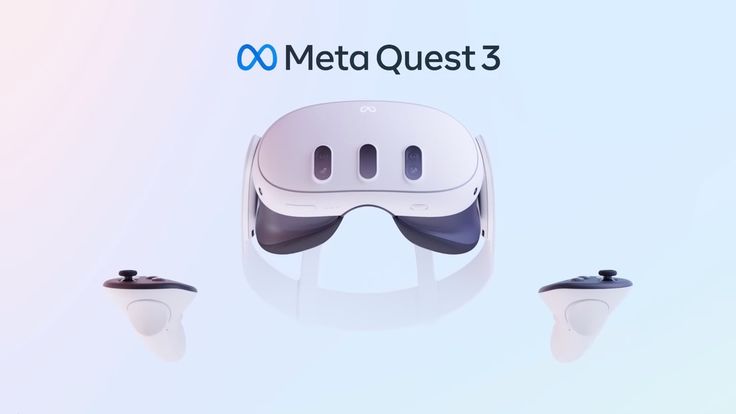Technological innovation seamlessly integrates applications and devices and this has been a hallmark of progress. The ability of applications to adapt and tailor themselves to new gadgets ensures a harmonious user experience. However, as the highly anticipated Apple Vision Pro gears up for its debut on February 2, 2024, a surprising deviation from this norm has emerged. Despite being touted as a comprehensive hub for video streaming, gaming, and entertainment, the Vision Pro will notably lack dedicated applications from major players such as YouTube, Spotify, and Netflix. Instead, users are recommended to access content through web browsers.

Web-Based Solutions
A spokesperson from YouTube, quoted by Bloomberg, mentioned, “YouTube users will be able to use YouTube in Safari on the Vision Pro at launch.” Interestingly, YouTube has decided against enabling its iPad application for functionality on the Apple Vision Pro.
Similarly, Netflix and Spotify users are advised to enjoy content on the Vision Pro through a web browser. A Netflix spokesperson informed Bloomberg, “Our members will be able to enjoy Netflix on the web browser on the Vision Pro, similar to how our members can enjoy Netflix on Macs.”

A Comprehensive Entertainment Hub
Priced at USD 3,500, Apple has positioned the Vision Pro as a central hub for video streaming, gaming, and various entertainment activities. However, the absence of key entertainment applications during its February 2 debut might pose a setback for the tech giant headquartered in Cupertino.
As of now, the selection of streaming applications available for the Vision Pro includes Disney+, ESPN+, Max, Discovery+, Amazon Prime Video, Paramount+, Peacock, Pluto TV, Tubi, Fubo, Crunchyroll, TikTok, NBA, MLB, and PGA Tour.
Also Read: AI-Generated Products Make Their Way Into TikTok and YouTube Videos
Vision Pro vs. Competitors
This launch marks Apple’s most significant product debut since the 2015 Apple Watch, entering the market alongside other VR and AR products, including Meta’s Quest 3 device, which is priced at a more affordable USD 500. The Vision Pro will face direct competition from Meta’s offering, which could potentially affect its market positioning.

While the Apple Vision Pro promises an immersive entertainment experience, the decision by major streaming platforms to rely on web browsers rather than dedicated apps might impact its initial market reception. As consumers eagerly await the device’s debut, its success will likely hinge on its ability to deliver a seamless and compelling user experience through web-based interactions.


